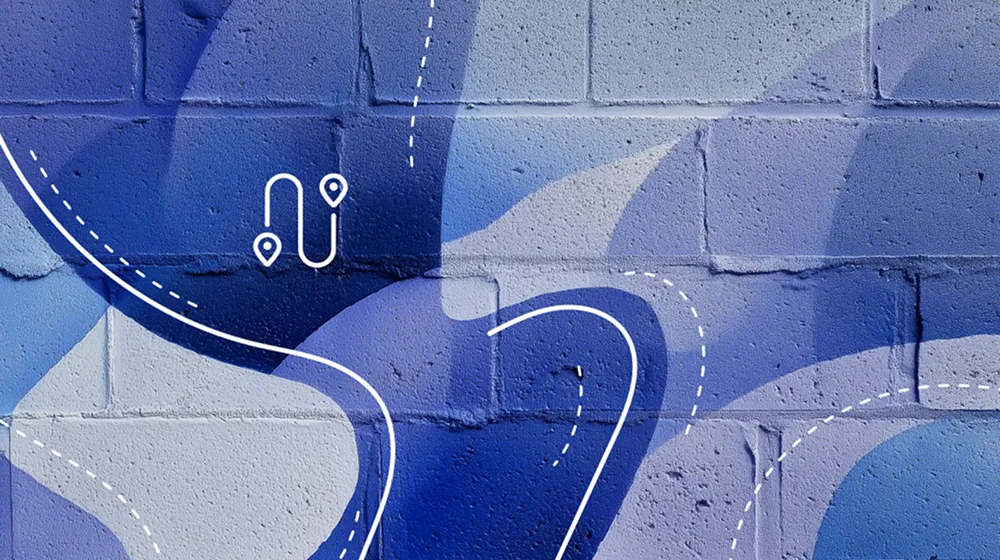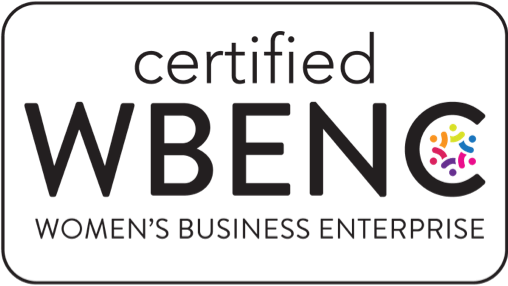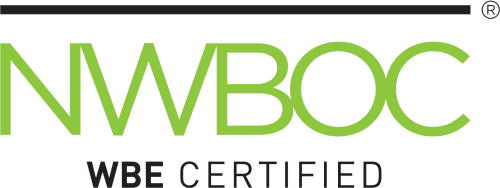Case study: Transportation
Strengthening the transportation security, preparedness, and resilience of the nation’s transportation system

Table of contents
A federal transportation agency runs a foundational program that improves the transportation security of the national transportation system, building operators’ and travelers’ confidence in a network they rely on every day. The program helps transportation providers across all modes improve security, emergency preparedness, and resilience via exercises, training and other programs. Programmatic insights, lessons learned, and best practices shape national transportation security policy.
The agency wanted a partner to help run its program and selected Eagle Hill. We used our expertise in program management, training, exercises, planning, and risk-based assessment to support them in successfully implementing the program. Today, transportation community stakeholders recognize this program for its transportation security effectiveness and innovation.

Goal
Empowering transportation organizations in prevention, protection, mitigation, response, and recovery efforts through emergency planning and transportation exercises with approaches that meet the needs of both the collective system and individual operators.
Unconventional consulting—and breakthrough results

different transportation and preparedness organizations engaged

exercises for aviation and surface transportation stakeholders

best practices and lessons learned shared with transportation partners
The challenge: Solving for the unique needs of transportation security across multiple modes
The country’s transportation emergency preparedness and security rely on the efficacy of the program. And, success of the program demanded a strategic and nuanced understanding of the varying and unique needs of multiple modes of transportation, including mass transit and passenger rail, highway and motor carriers, aviation, pipeline, maritime, and freight rail. Taking the unique needs of the varying modes of transportation into account was integral to successful program implementation.
The roadmap to success: Prioritizing strong stakeholder engagement to drive effectiveness
We made stakeholder engagement a guiding principle from day one. We knew that each transportation mode had its own critical needs, operational norms, and culture. A blanket approach was never going to work. So, we were intentional about understanding this diverse group of stakeholders to engage them in meaningful and relevant ways.
Our working style was also highly collaborative. We worked as a bridge builder between government and industry, facilitating partnerships with federal, state, local, private, and international transportation stakeholders. Key accomplishments include:
Leading exercise planning, facilitation, and evaluation.
We designed, developed, conducted, and evaluated nearly 160 emergency preparedness exercises in 36 states, 96 cities, and 38 high threat urban areas. Our exercises included more than 100 tabletop transportation exercises for federal, state, and local government staff, first responders, association staff, and private sector personnel and helped transportation organizations strengthen preparedness across all five national preparedness goal mission areas (prevention, protection, mitigation, response, and recovery).
We designed our exercises using Homeland Security Exercise and Evaluation Program (HSEEP) methodology and worked to make them both realistic and engaging. The result? An average participant feedback score for our exercises was 4.57 on a five-point scale.
Developing customized training to close capability gaps.
We analyzed existing training and developed new training to improve transportation security, promote best practices, and support compliance. A few examples of our training initiatives include reviewing over 500 individual courses, delivering more than 60 training resources on a variety of subjects for transportation personnel, and providing web-based training modules to guide transportation stakeholders through exercise design, development, and execution.
We made learning informative and engaging with visual aids, case studies, and immersive teaching techniques for adult learners. Our team also aligned our training and exercises, creating opportunities for continued learning after exercises ended.
Tailoring communications to rally stakeholders and understanding.
We worked with stakeholders to develop communications for each exercise and training, writing messages to shape expectations, facilitate conversations, and solicit feedback. This effort included developing partner education materials and briefings for program leaders to use when addressing government peers and transportation partners.
Using analytics to inform decision making and calculate risk.
We launched a comprehensive analytics program that provided the agency with forward-looking analysis and innovative data visualizations for the first time. This was a profound change in the agency’s ability to identify exercise needs, create best practices, and shape policy.
As part of this effort, we developed a consequence analysis tool for the transportation community. This tool applies assessment data and risk analysis to calculate risk.
Conducting data-powered assessments of incident risk.
Using quantitative and qualitative inputs, our team assessed the potential impact of natural and human-made hazards at various locations.
The assessments included visual representations of cascading economic impact and often uncovered areas with underestimated levels of risk. Planners and policymakers relied on these assessments to anticipate how certain events could impact the transportation system.
Tapping into insights from feedback loops, we prioritized continuous improvement across all of these initiatives, always pushing the boundaries of excellence. This tenacity, combined with white-glove service and transportation, security, and emergency management expertise, made us a trusted partner. Not only to the agency, but to the national transportation community.

